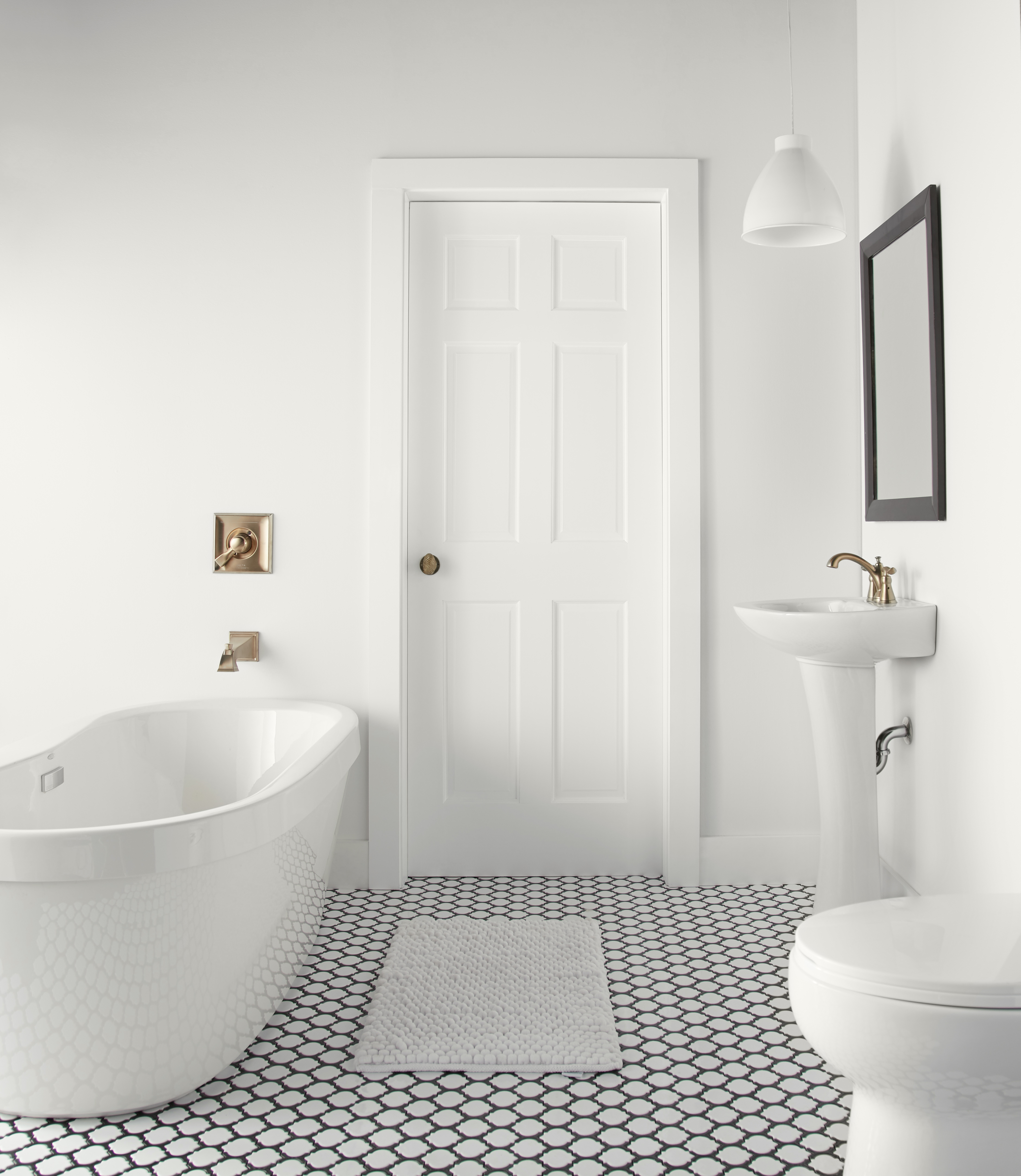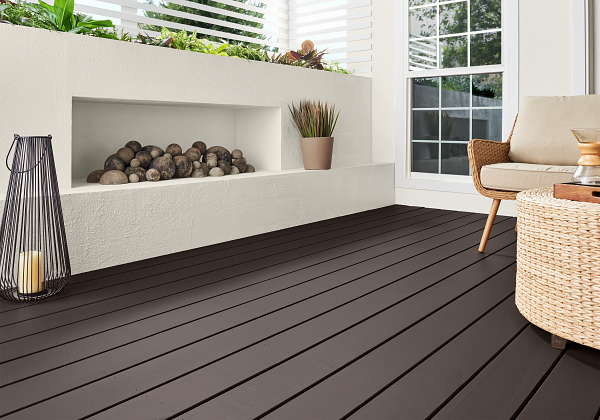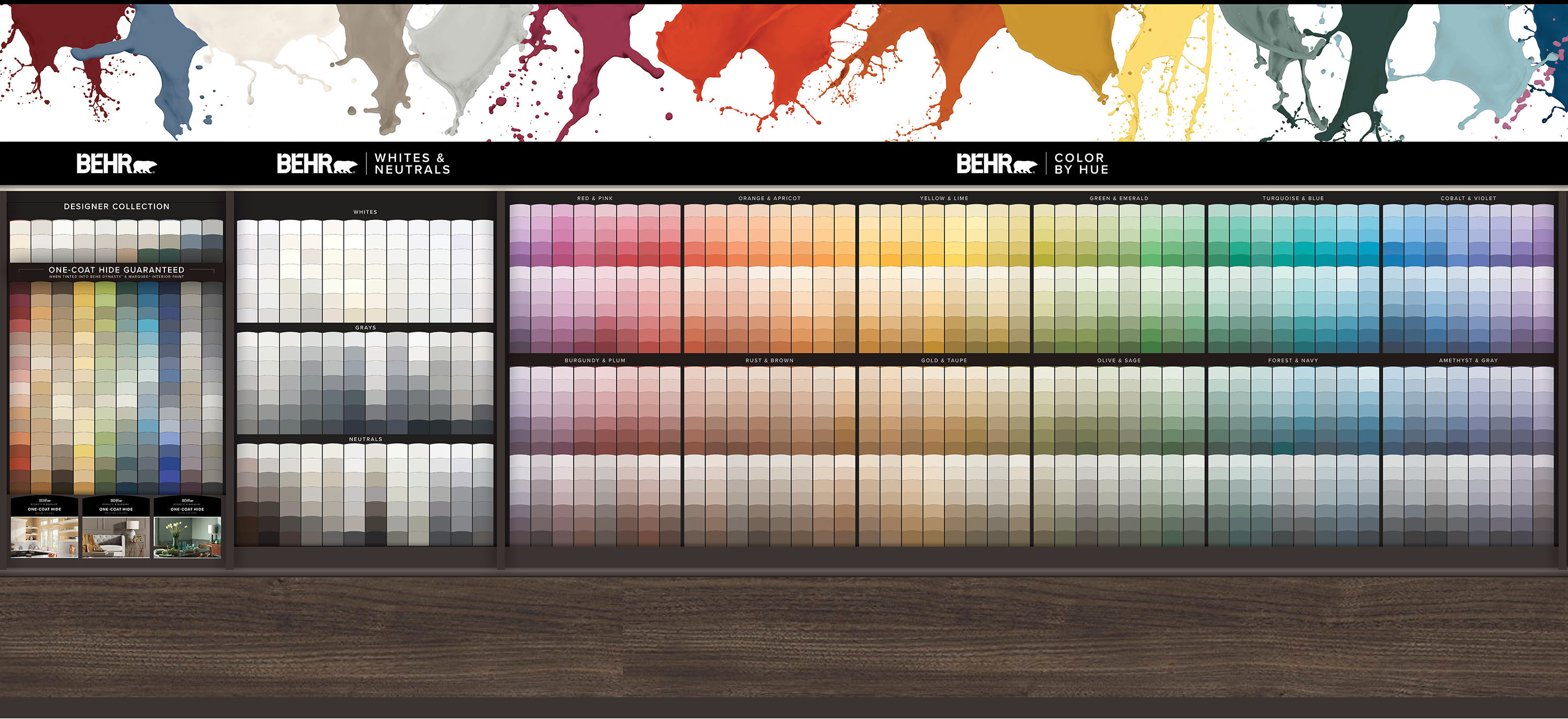
The first step to choosing colour can be overwhelming as you gaze through the different colour chips, brochures’ combinations, and online inspiration. Before choosing colours, first decide which room you want to paint. The 60-30-10 method can help you select coordinating colours for your space, whether you’re repainting the entire room or just parts of it.
What is the 60-30-10 method?
60% – Main Colour: Your foundation and visual anchor – this dominant colour covers your walls and sets the room’s overall tone and mood.
30% – Secondary Colour: This colour balances and enhances your main colour, typically featured on an accent wall or through substantial design elements.
10% – Accent Colour: Your opportunity for impact. Use this bold, contrasting colour strategically through furniture pieces, pillows, and décor to add depth and visual interest to your space. It’s the finishing touch that makes a room memorable.
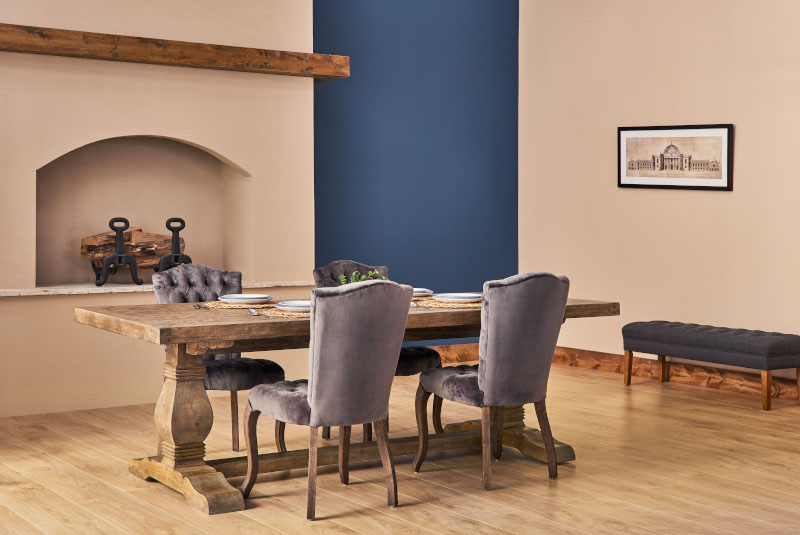
Now that you understand how to use the 60-30-10 rule you can use it to help decide on the new colours for your space. If you’re considering a complete colour re-do, start by deciding on the main colour you want to use. Think about the style or mood you want to create in the space. Do you want a calm and relaxing atmosphere, a vibrant and energetic feel, or a cozy and warm environment? Once you have a clear vision, choose a colour that aligns with that mood and complements the existing elements in the room.
Determining the colour you want to go with will range from red, orange, yellow, green, blue, purple, white, grey or any type of neutral. Do you want a blue or a green that will make a room feel relaxed, tranquil and calming to the eyes? On the other hand, if you decide with orange, yellow or red these colours can make a room feel cozy, welcoming and cheerful. White, grey and neutrals are simple, effortless and timeless colours to use.
Blues and greens work well in bedrooms to bring a sense of relaxation. Reds, oranges and yellows work well in dining rooms, foyers and family rooms to provide a welcoming atmosphere.
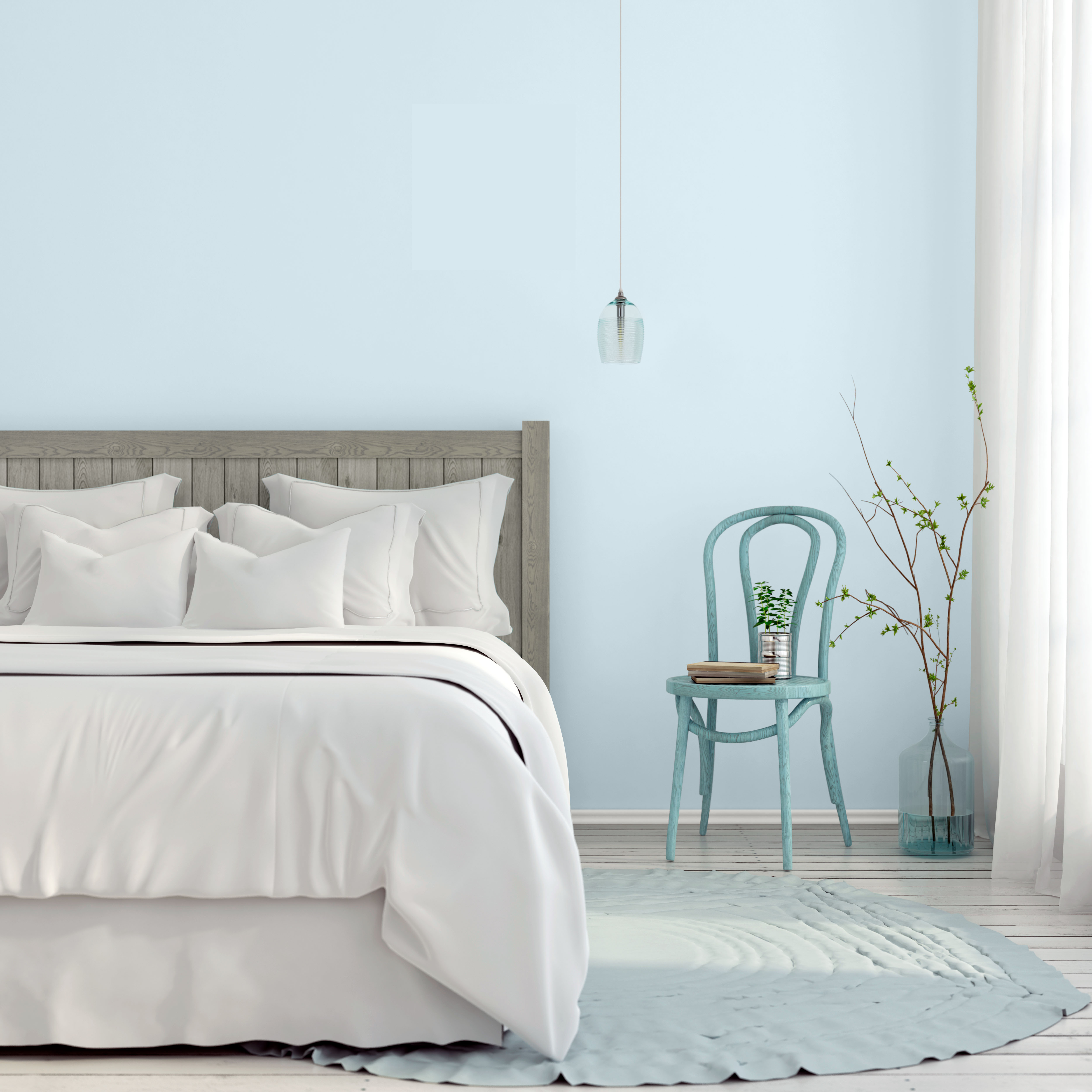
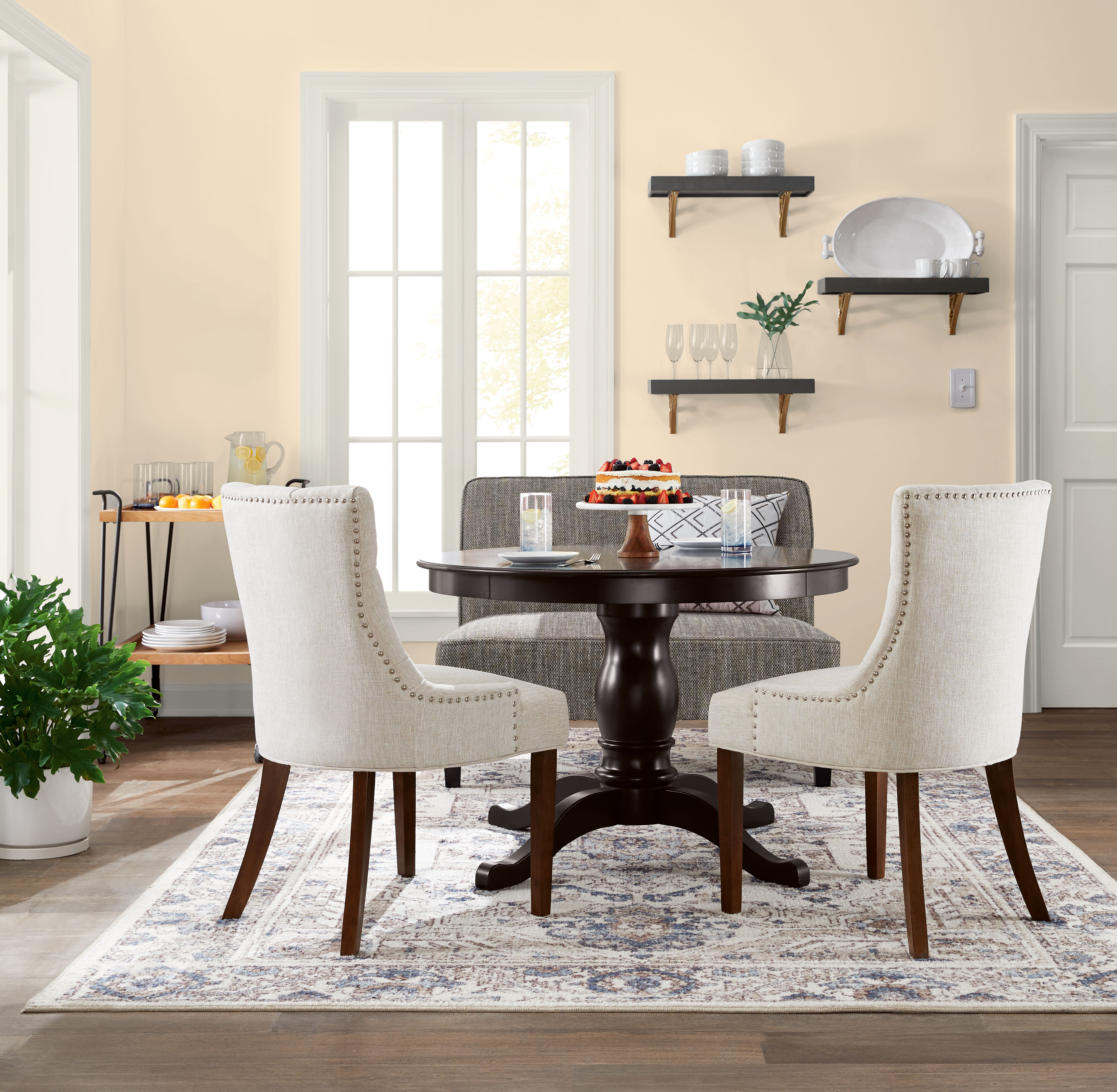
If you are deciding to paint an open space it is best to go with one colour to paint the entirety of the area. A white, grey or neutral will work well to keep the continuity of the space and have an open feel.
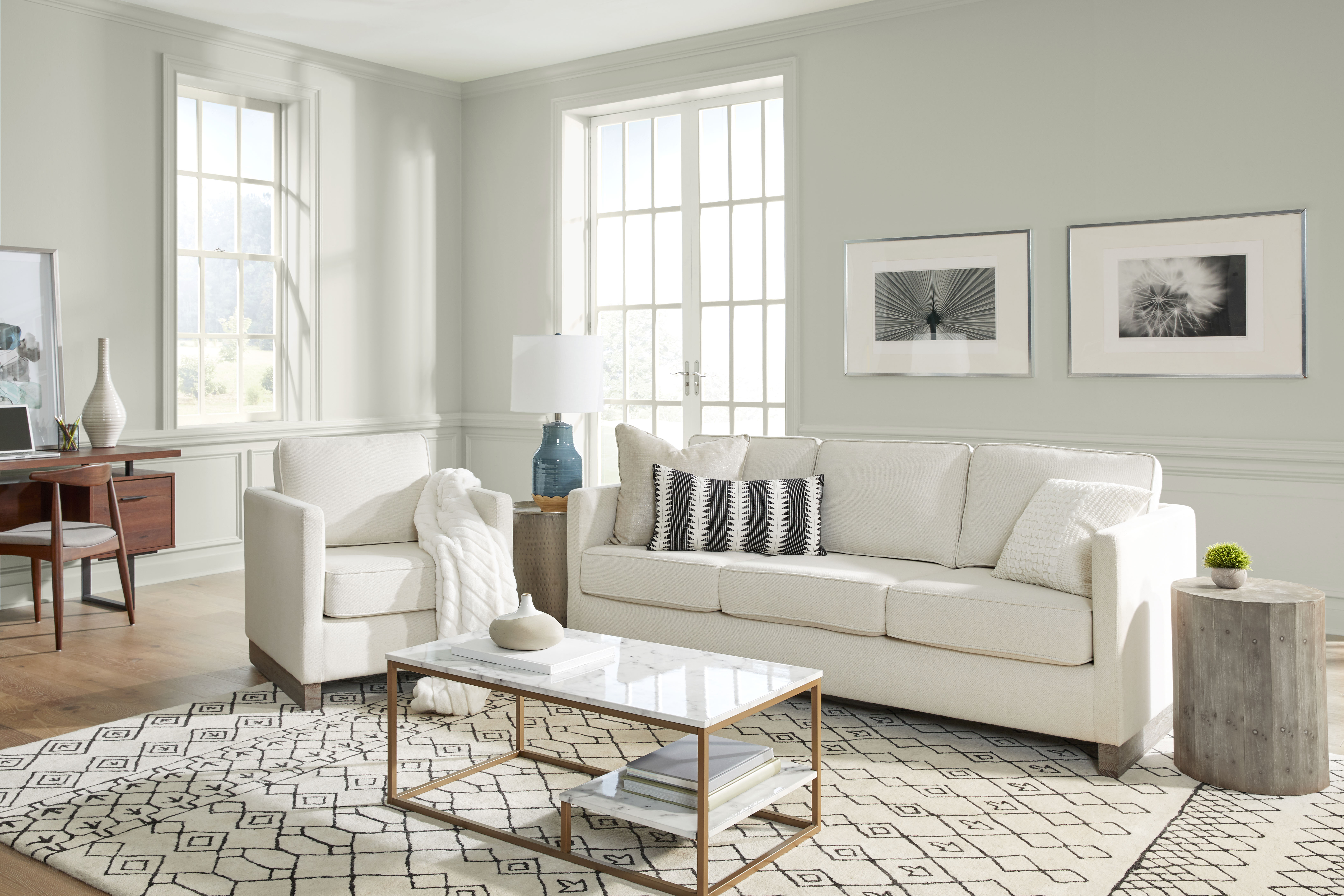
After you decide on a general colour – for example, if you choose blue – you’ll need to select a specific shade. Do you want a bright blue, muted blue, saturated dusty blue or a grey blue? There are many different shades and tones available, so it’s important to determine which specific shade works best for your space.

Ready to bring your colour vision to life? Explore our inspiration galleries where you can discover different room types, colour families, moods, and styles. These galleries will help you visualize how your chosen colours can work in real spaces. Living Room Inspiration and Paint Colour Ideas | Behr
Colourfully yours,
Deanna


